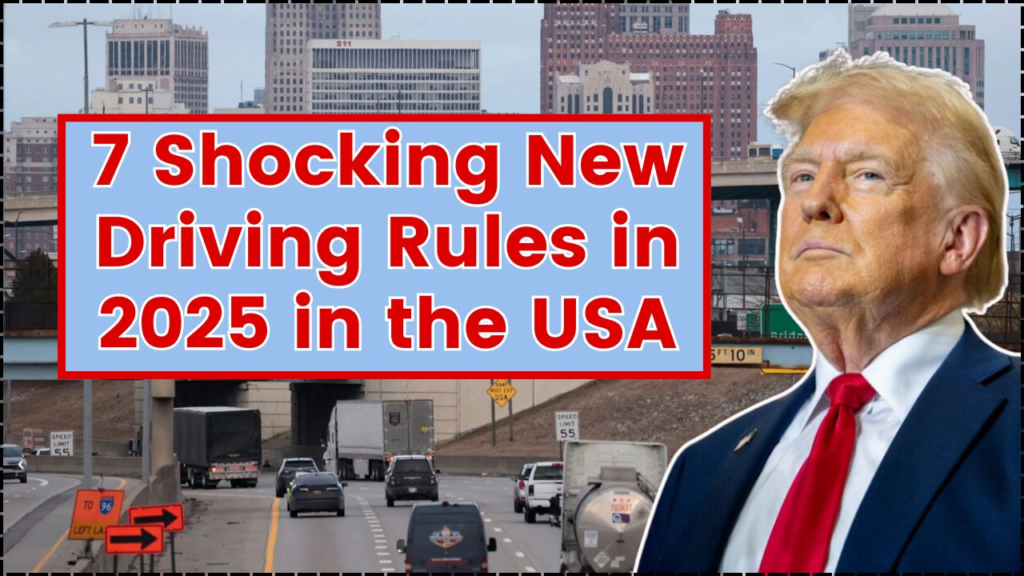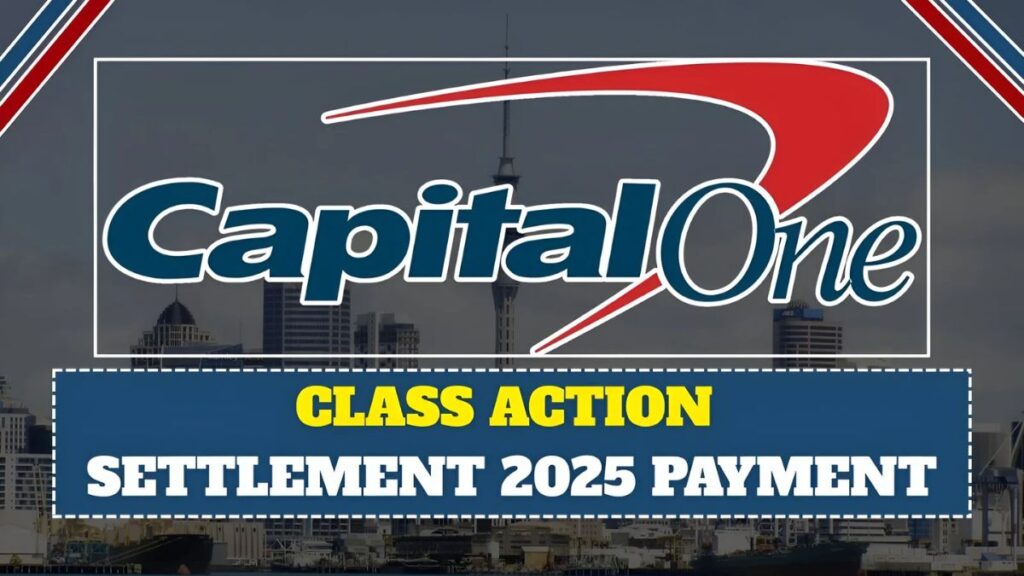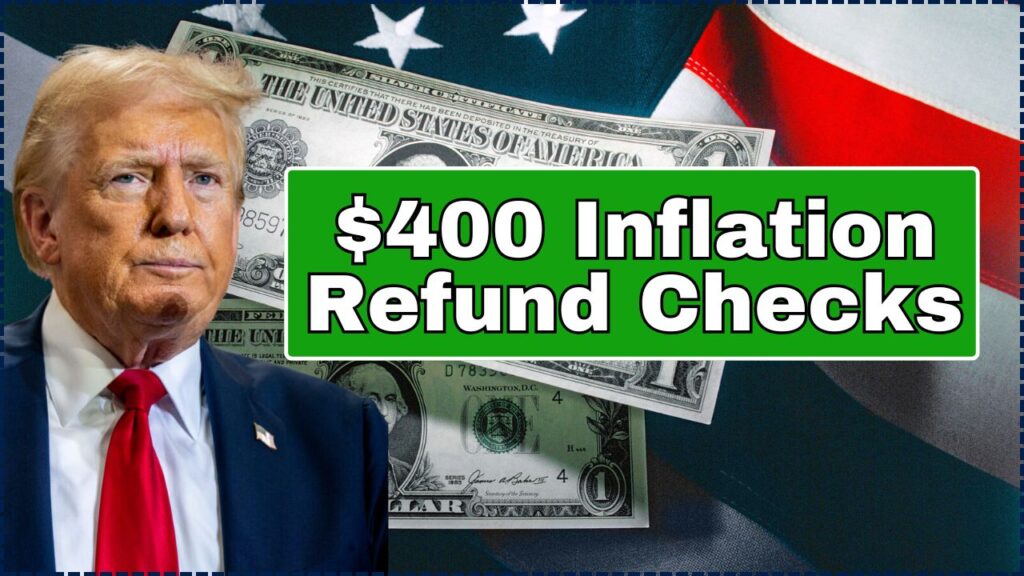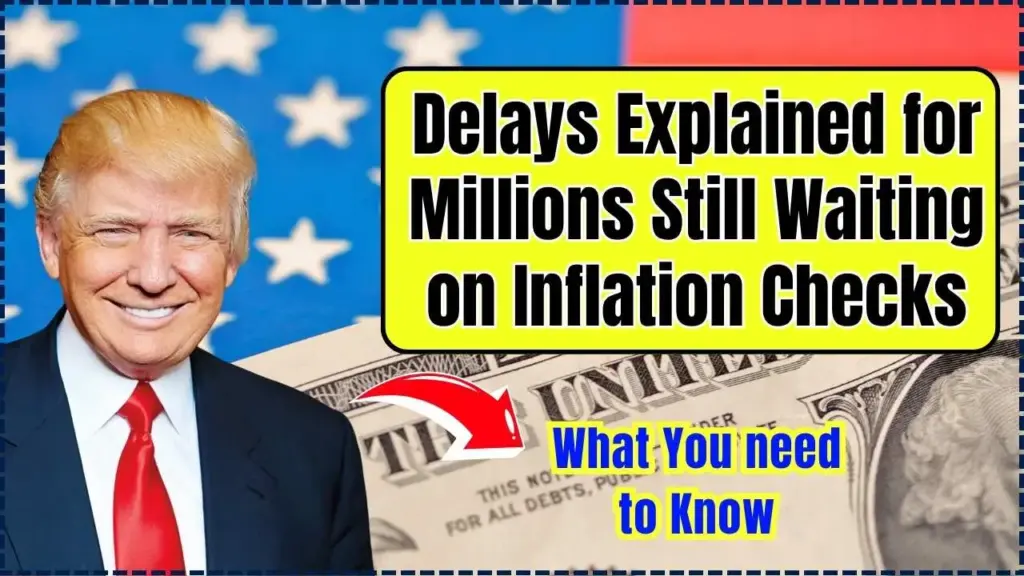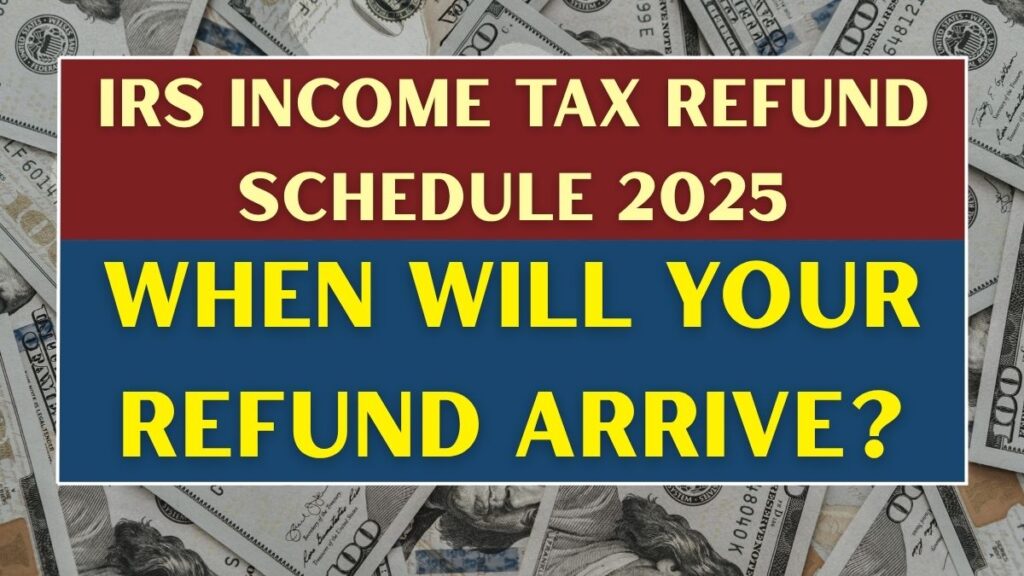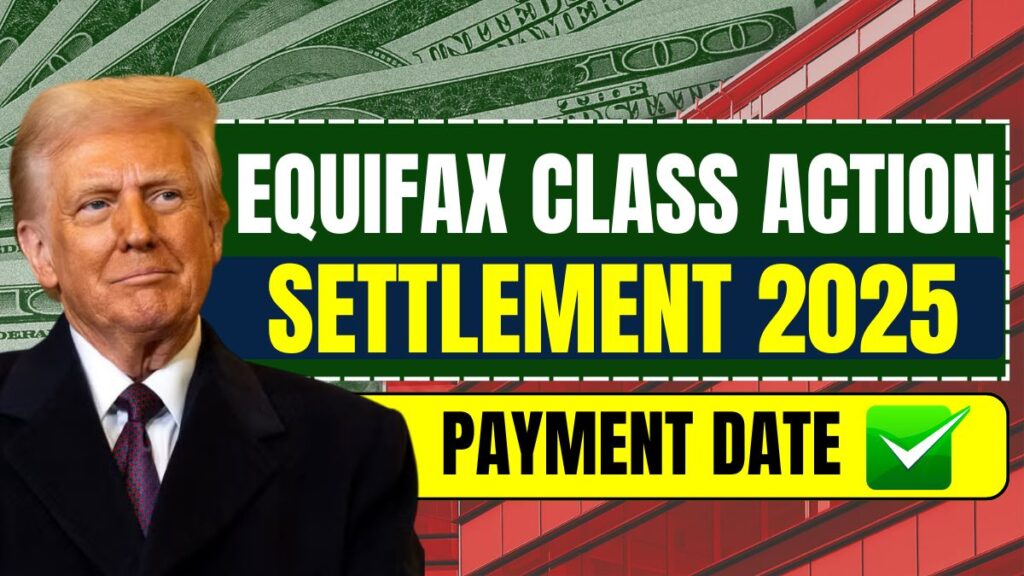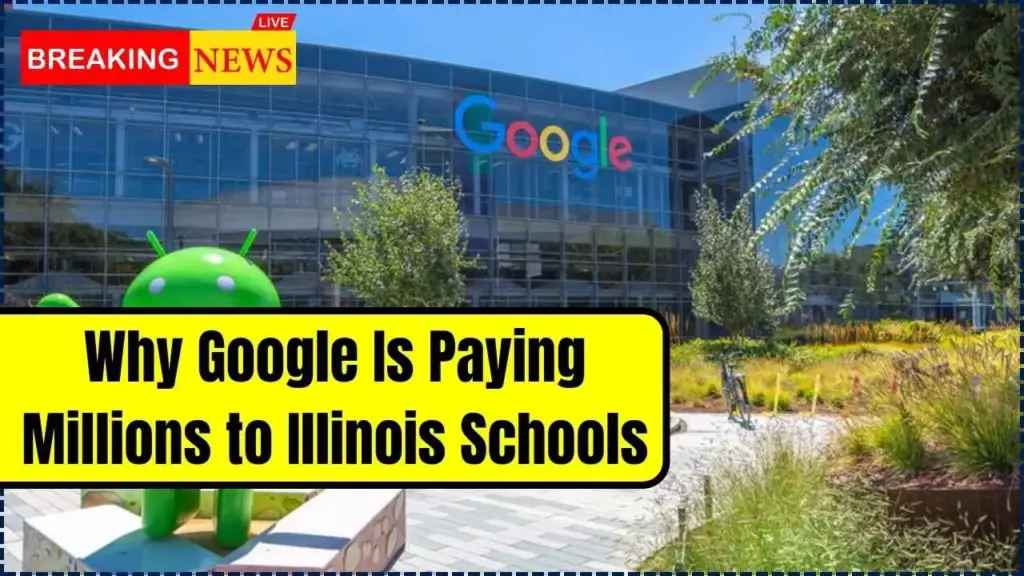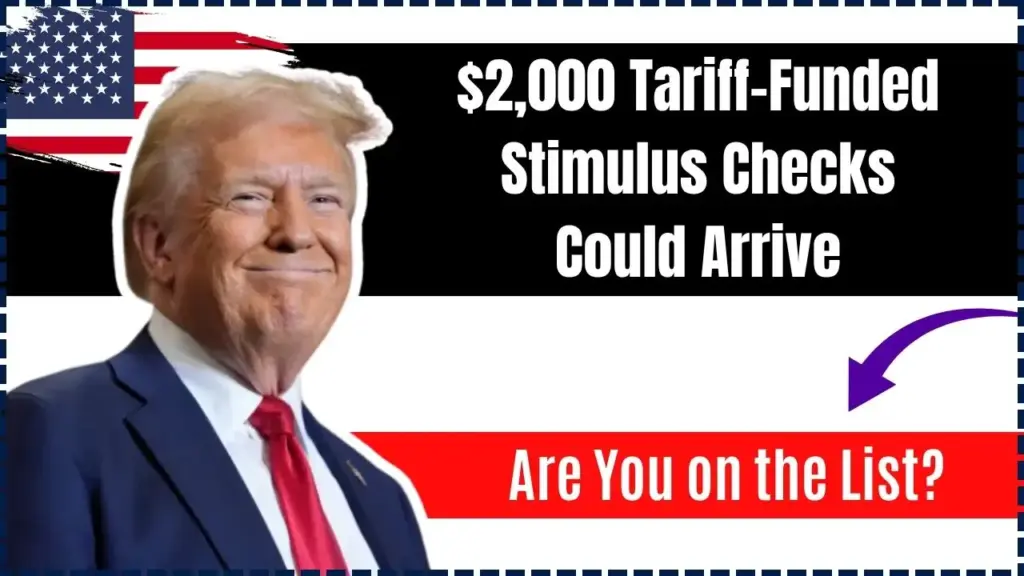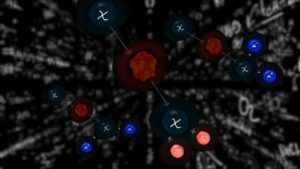California is currently in the final stages of one of its most significant economic assistance programs. This initiative, called the Family First Economic Pilot Program, was launched for low-income families with young children who face the greatest difficulty managing month-to-month expenses. Under this program, each eligible family received $725 every month, and the payment issued in November marks the final stage of its one-year run.
This program was not limited to simply providing financial aid. Its objective was also to understand the impact of unconditional financial assistance, similar to a “universal income” model, on families’ lives, mental health, children’s well-being, and social stability. Based on a year’s worth of data, it will be determined how the US can move forward with such programs in the future and whether this model can be implemented on a larger scale.
Table of Contents
What is the Family First Program and why was it needed?
For many years, there has been a discussion in the US about the profound impact of economic insecurity on children. When families lack a stable source of income, it directly affects children’s safety, nutrition, education, and health. It was in response to these social challenges that the Family First Economic Support Pilot (FFESP) was launched.
This program was based on three main principles:
- Providing direct cash assistance to families, eliminating the need for intermediaries or lengthy processes.
- Providing unconditional assistance, allowing families to use the money according to their needs.
- Understanding whether regular and dignified financial assistance can bring stability to families’ lives.
This model has been adopted in several countries around the world with very positive results. Now, the US has implemented a local version to better understand its long-term effectiveness.
What is the significance of the $725 payment?
There are many assistance programs in the US, but most of them have strict conditions, lengthy forms, and limitations. The unique aspect of this program was that there were no restrictions whatsoever on the $725 received each month. Families could spend it as they wished:
- on paying rent
- on childcare
- on food and groceries
- on school fees or clothing
- or on any other essential expenses
This freedom gives families dignity, convenience, and control—which are often severely limited in other government programs.
Final November Payment: The Conclusion of a 12-Month Journey

This program, which began in December 2024, is concluding with the November 2025 payment. A total of 200 families were selected, and each family received approximately $8,700 over the course of the year.
The final payment is significant because:
- It completes the pilot program.
- Data collection and analysis will now begin.
- This will determine whether the program is continued.
If the data shows that families experienced reduced stress, better met their children’s needs, and decreased reliance on government welfare services, this model could lead to significant change in the future.
Who was eligible for this $725 payment?
Although this program is now ending, understanding the eligibility criteria is important, as similar programs may arise in the future.
1. Residency (Specific Sacramento ZIP Codes Only)
- Eligible families had to reside in one of the following ZIP code areas:
- 95815, 95821, 95823, 95825, 95828, 95838
These areas are located in neighborhoods with high rates of poverty and limited resources.
2. Child’s Age (0–5 years)
Families had to have at least one child aged 0 to 5 years who lived with the parent(s) more than half of the time.
3. Children’s Demographics
The program primarily focused on two communities:
- Black / African American
- American Indian / Alaska Native
These communities have historically faced significant economic challenges.
4. Income Threshold
- The family’s total income had to be less than 200% of the Federal Poverty Level (FPL).
- For example, for a 4-person household, the annual income had to be less than $62,400.
5. Not Participating in Another GI Program
- This ensured that assistance was not concentrated within a single group.
How did this program help families?
Although the amount was only $725, its impact was profound and positive.
1. Economic Stability and Security
Receiving a fixed amount each month allowed families to budget more effectively. This resulted in:
- Reduced stress
- Eliminated the need to take out expensive or predatory loans
- Made it easier to cope with unexpected expenses
2. Improved Childcare
Many families reported that it helped them cover essential expenses such as children’s nutrition, daycare, school supplies, and clothing.
3. Positive Impact on Mental Health
When financial pressure is reduced, parents’ mental health improves, which directly impacts children’s development.
4. Reduced Reliance on Government Welfare Services
A major goal of the program was to prevent families from reaching a point of severe economic crisis where they would require services like child welfare.
Will there be more such programs in the US?
This pilot program is just the beginning. If the data released after November is positive, then:
- California could implement it on a larger scale.
- Other states could adopt a similar model.
- “Guaranteed Income” could become a part of future policies.
Studies from around the world have proven that regular cash assistance is one of the most effective ways to reduce poverty.
Conclusion
The $725 payment received in November is not just the end of a program, but it could also be the beginning of a new era.
The Family First Economic Pilot Program demonstrated that unconditional cash assistance can transform families’ lives. It had a significant positive impact on child safety, family stability, and mental health.
If more such programs are launched in the coming years, it could fundamentally change how the US addresses poverty.
FAQs
Q. What is the $725 stimulus payment in November?
A. It is the final monthly payment under California’s Family First Economic Pilot Program for low-income families with young children.
Q. Who was eligible to receive the $725 payment?
A. Families living in specific Sacramento ZIP codes with at least one child aged 0–5 and meeting income limits were eligible.
Q. Is the November payment the last one?
A. Yes, November 2025 is the final installment of the 12-month guaranteed income pilot program.
Q. How could families use the $725 payment?
A. They could use it freely for rent, groceries, childcare, school expenses, or any essential needs.
Q. Will similar programs come in the future?
A. If the collected data shows positive outcomes, California and other states may launch similar guaranteed income programs.
